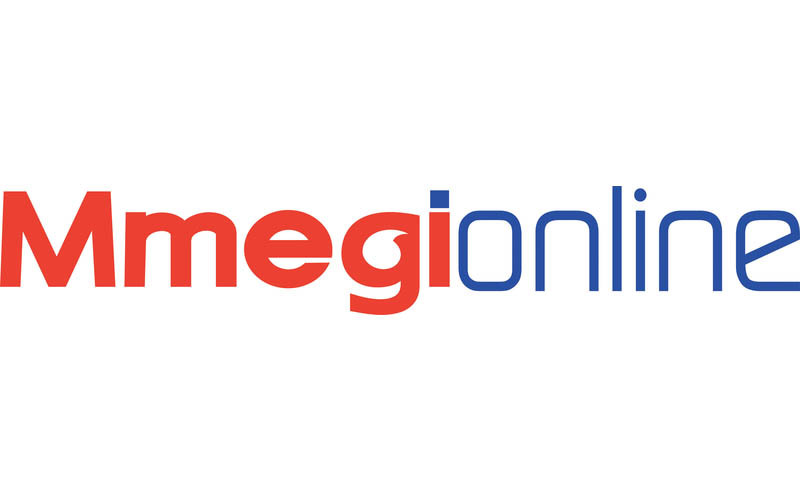We are beginning to see stunted growth in the news ecosystem around the world, suggesting that journalism is in a state of crisis.
Several observers have noted that the media could be witnessing a “kodak moment”, which despite being a 20th century pioneer in the photography business, fell by the wayside. Kodak failed to cope with emerging digital photography and competition, which saw consumers ultimately preferring smart phones to snap pictures. Eventually, the company filed for bankruptcy in 2012 and that was the end of it. Similarly, it seems journalism is collapsing. The media lay offs and loss of advertising revenue paint a dim picture. In my recent conversation with Mmegi editor Ryder Gabathuse, he bemoaned this topic at great length. I recall telling him that the entire media business from print, TV, digital media, radio, and podcasts will not be spared particularly with a reduction in audiences. I couldn’t agree more with the argument by one, Victor Pickard, Associate Professor at the University of Pennsylvanian Annenberg School for Communication, in his article, “Journalism’s Market Failure Is a Crisis For Democracy.” Sharing the context of the US, Pickard noted that journalism had failed in the US, which will likely affect the overall function of democracy.
Pickard argues that: “This crisis arose because the news media’s commercial imperatives never fully aligned with democratic objectives. The market simply cannot support the levels of journalism — especially local, but also international, policy, and investigative reporting — that a healthy democracy requires. Arguably, this has always been the case, but it is especially true today, as newspapers are hollowed out or closed down across the country, leaving vast news deserts in their wake. All of us who wish for a democratic future — including the business community — have a stake in ensuring that local news media survives. We must come together to build a media ecosystem that treats journalism as an essential public service.” Diagnosing the market failure, the media scholar underscored that for the better part of the 20th century, the media relied on the traditional advertising model, which saw commercial newspapers derive “80% from advertising and 20% from readers.” Interestingly, the researcher makes quite an interesting observation that for the better part of the period the advertising model worked, advertisers were not as much interested in democracy as the media itself. He posits that advertisers were not concerned much about what is of public concern. To add to this analogy, for instance, would they care that a local health facility did not have medicine? Or that the education system was crumbling, and students are being taught in dilapidated structures and sometimes under trees in the 21st century? “This was a partnership of convenience — a happy accident — that camouflaged what was in fact an unnatural union. For this and other reasons, journalism has always been prone to market failure. Overreliance on a single mode of revenue exposed news institutions to enormous risk. That longstanding vulnerability became painfully clear with the advent of the internet,” argues Pickard.








